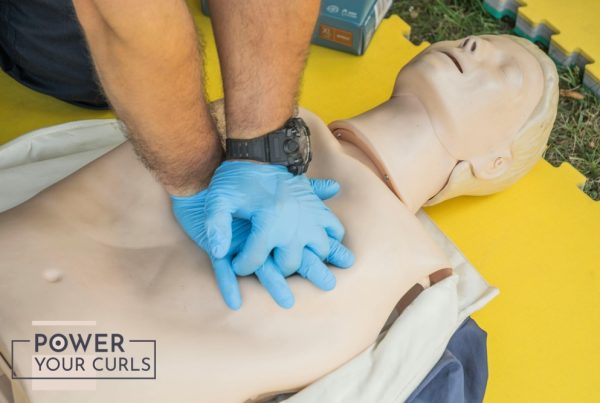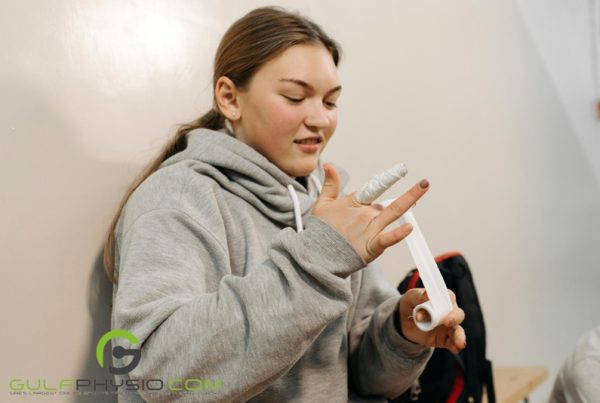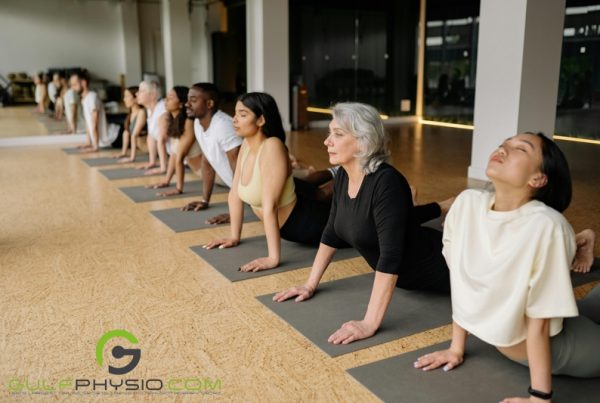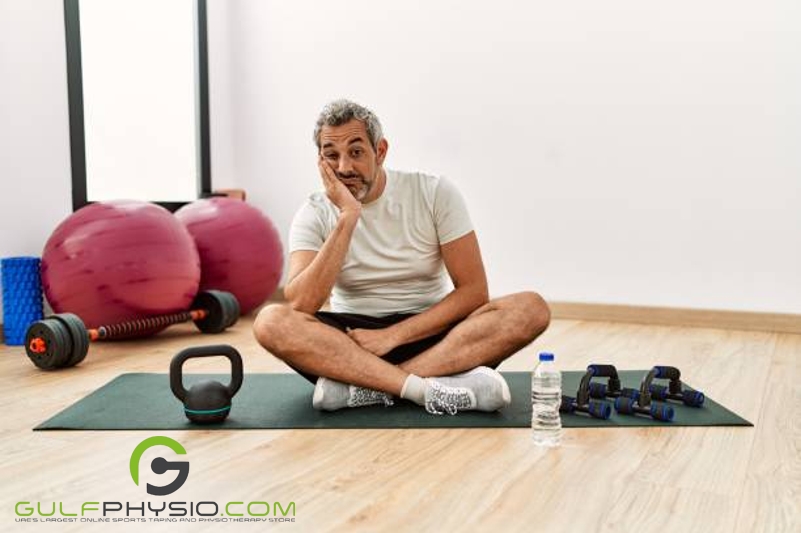
Since the dawn of sports, humankind has engaged in competitions that echo through time. Athletes train to be the best in their fields and fight for the glory of becoming the best… while that’s great and all, have you ever thought about the amount of recovery they need after competing? Probably not until now. So we’re breaking down the two most common types of recovery to see which one comes out on top!
Recovery At A Glance
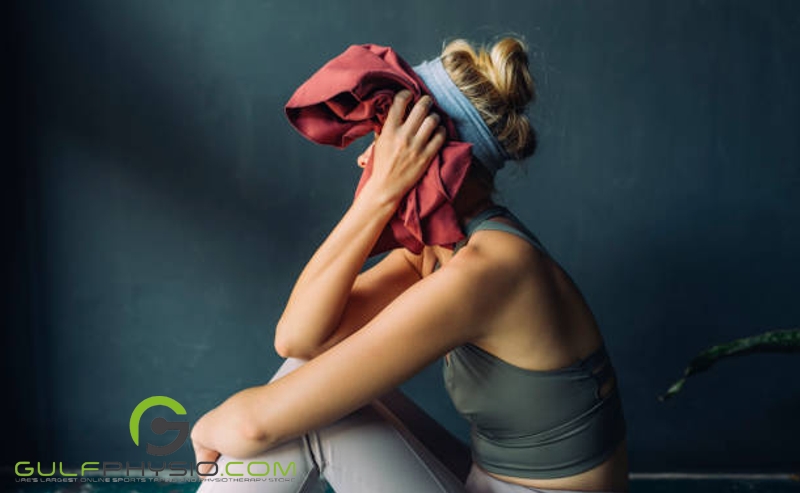
We’ve discussed the topic of recovery in the past and established that it is the period after performing strenuous physical activity (such as a workout or competition) that is taken to allow the body to heal and recuperate. There are two types of that are commonly practiced, these are active recovery and passive recovery.
Active Recovery: A Quick Review
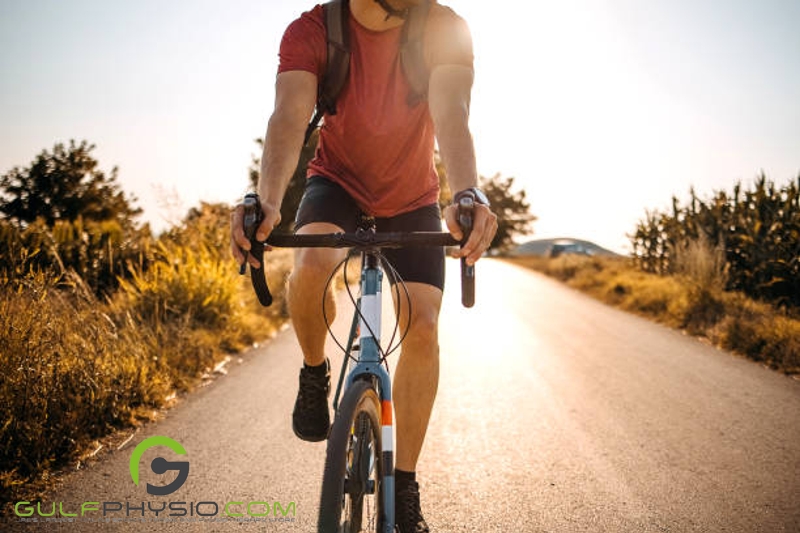
Active recovery, as the name implies, utilizes low-intensity exercises such as swimming and yoga. This allows the body to heal and recover through improved blood circulation, flushing toxins out, and providing the muscles with needed nutrients to grow.
Passive Recovery: A Quick Review
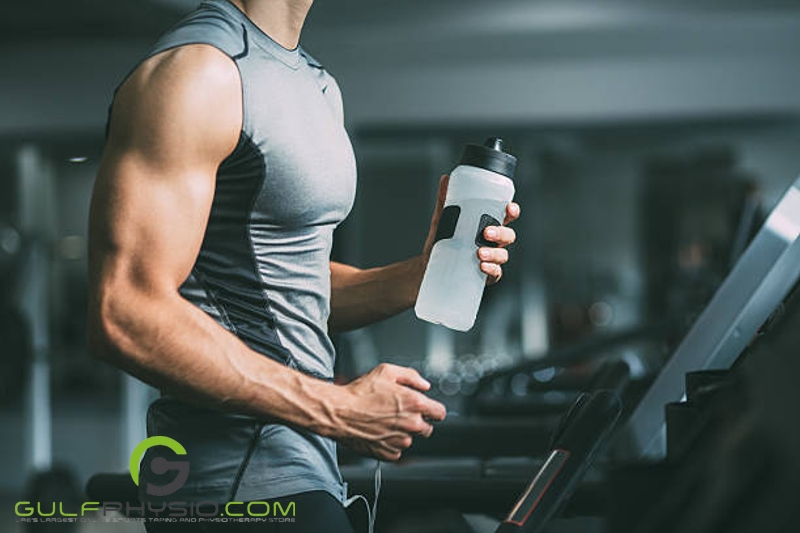
In contrast, Passive Recovery is the exact opposite. This method aims to restore your body to its pre-exercise state via little to no strenuous activity, which allows the body to heal and grow.
Which Type of Recovery Should I Choose?
With the stark differences between these two, it’s difficult to choose which one is ideal for you. So let’s take a look at each and decide once and for all if one is better than the other.
- Using Active Recovery – This involves staying active while recovering from high-intensity activities using non-strenuous movements like walking or cycling after a workout.
It helps clear metabolic waste faster than when at rest and allows individuals to focus on their technique, improving overall skill levels over long periods.
Research found that these exercises may help clear blood lactate, which accumulates during intense activity and leads to muscle contraction and fatigue. By participating in these activities, this accumulation decreases, making muscles feel less fatigued and keeping you going. This can lead to improved performance the next time you exercise.
- Using Passive Recovery – The technique enables the body to recuperate without the need for demanding exercise. It is a vital part of any fitness regimen since it helps the body recover from strenuous activities and lessens fatigue.
Restoring the body to its pre-exercise state is the main goal, which can be advantageous for athletes or others who continuously push their bodies to the limit.
Activities like hydrating, massages, and even naps are helpful. These exercises all aim to accelerate the body’s healing process and lowering inflammation and pain in the muscles. For people who are sick, injured, or just need a break, this is the best option.
Recovery vs Rest
Recovery means reverting to a better state while rest means being inactive. Having a rest day means that you plan on being inactive with less physical activities.
Athletes need both recovery and rest because their bodies need to refuel and repair. Rest and recovery are essential to help athletes perform better. When we use weights to train or do any form of exercise, our body is experiencing tiny microscopic tears.
Having a rest day can help rebuild muscles. Working out for 7 straight days without rest means the muscles are tearing constantly and are not given the chance to repair and rebuild, which can raise the chances of injury.
The Reality of Recovery
With all that said, who wins? Well, the truth is dear reader that when it comes to this topic the only real losers are the people who don’t practice it.
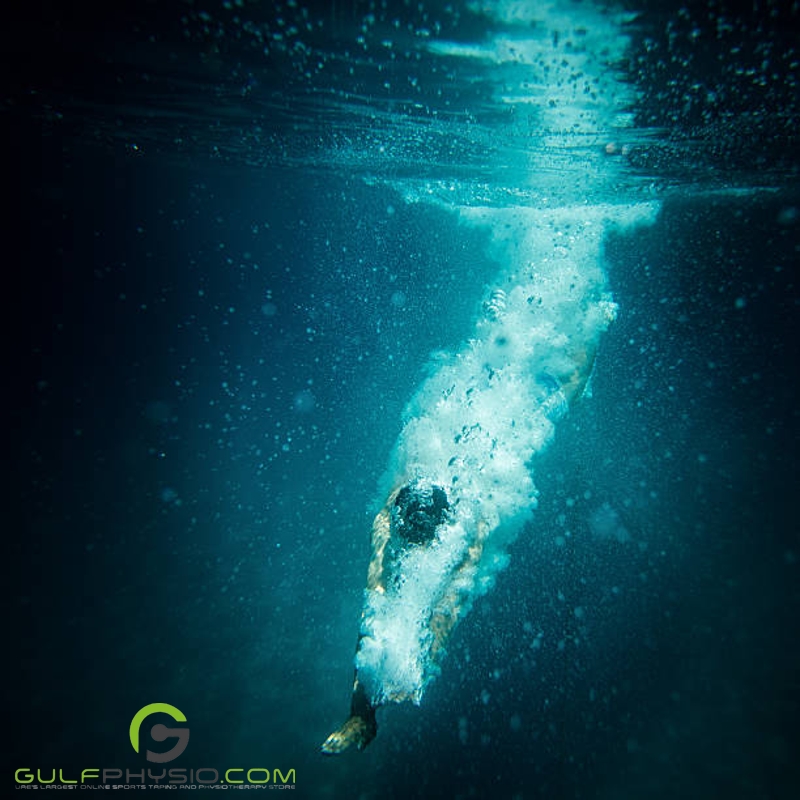
Low-intensity workouts like yoga and swimming promote blood circulation, eliminate toxins, and supply the nutrients needed for muscular growth, all of which are vital elements of active recovery. It accelerates the removal of metabolic waste, develops skill levels, and guards against the prolonged use of improper form during exercise.
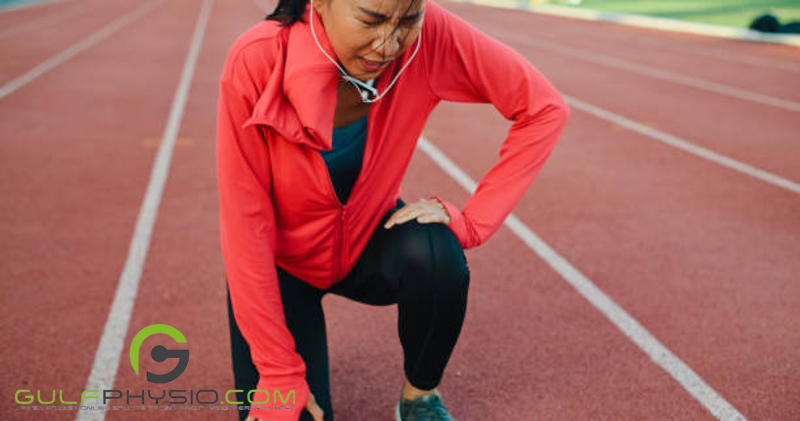
On the contrary, passive recovery seeks to repair the body with the least amount of physically demanding work. It alleviates fatigue and assists the body’s recuperation without requiring strenuous physical activity. This is helpful for those who are ill or injured, as well as individuals who constantly push their bodies to their peak.
Want to know more about Recovery? Then read our articles “The Awesome Benefits of Active Recovery” and “Rest and Relax: The Benefits of Passive Recovery” or learn more from our blog here.
Disclaimer
GulfPhysio.com and all of its content are for informational purposes only. All information is believed to be accurate at the time of posting and should NOT be construed as professional medical advice. Please seek a medical professional in the event of pain or injury.

